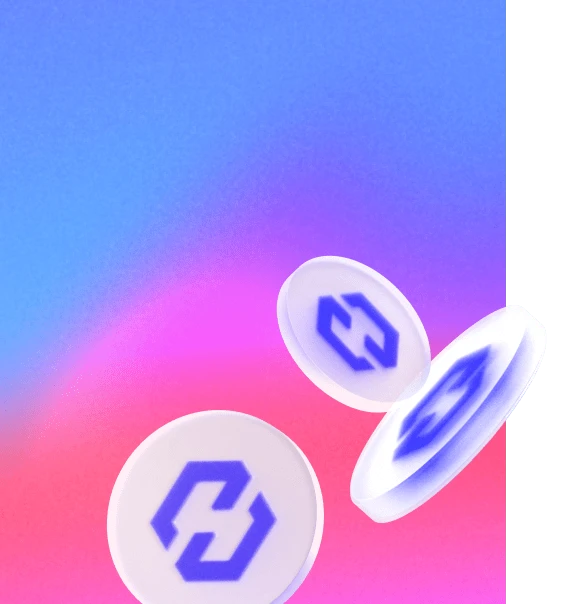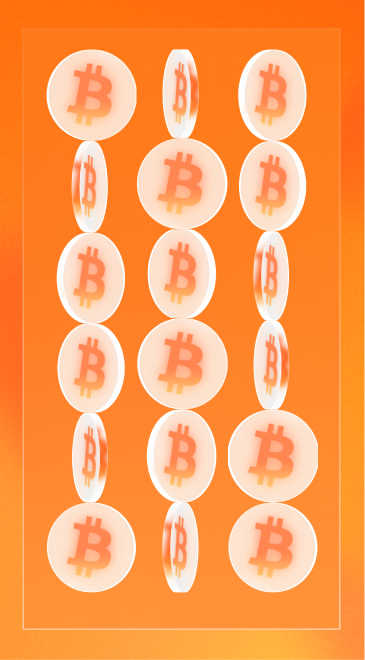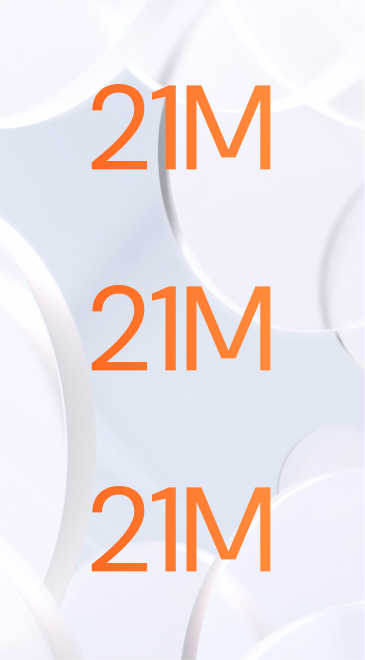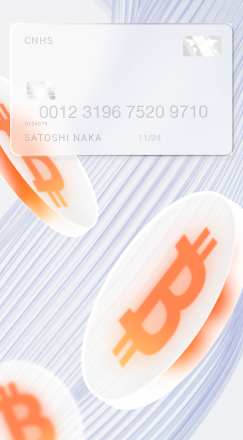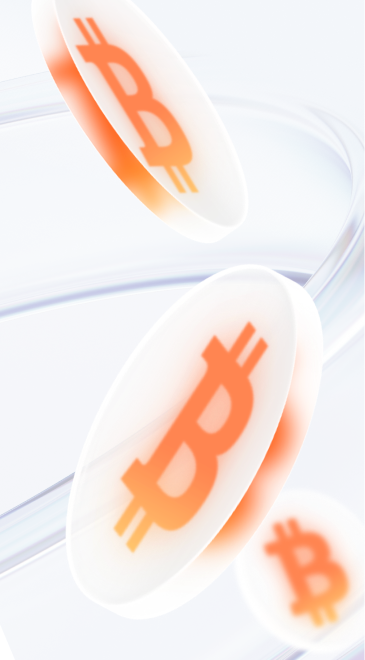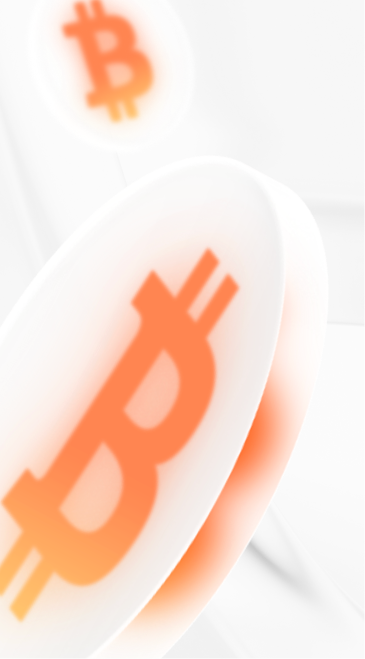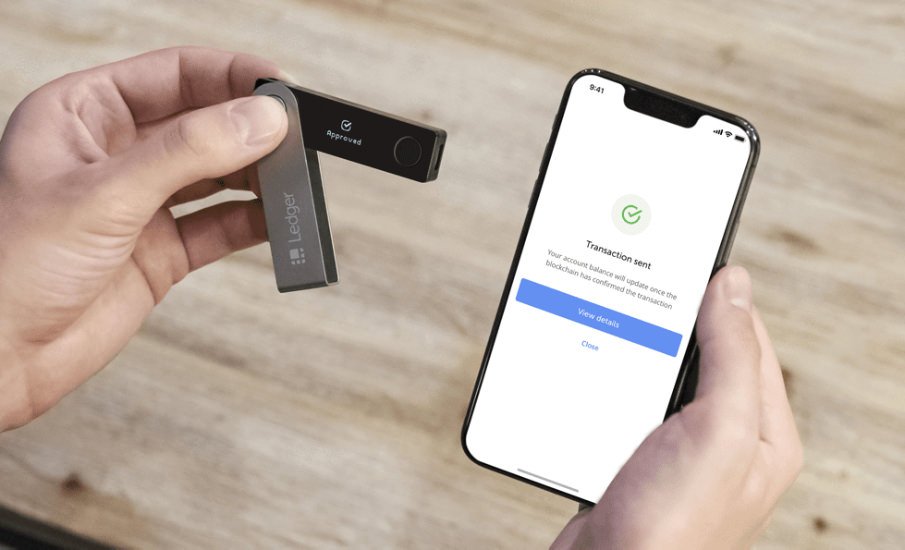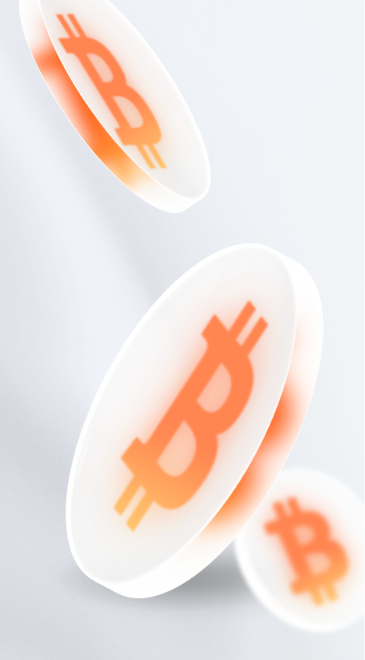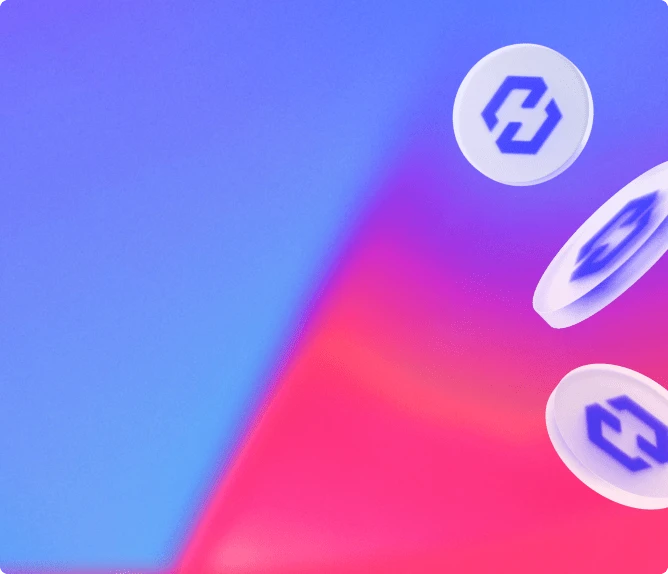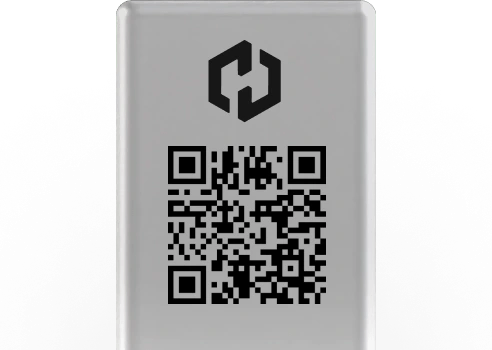ou’ve probably heard of Lightning Network, a technology capable of increasing Bitcoin network’s capacity.
In this article, we will seek to understand the fundamentals of the system and its interest.
- Why Lighting Network?
- What is Lightning Network?
- Where are we today?
A more technical introduction is available here.
Why the Lightning Network?
Bitcoin, by design, is still not “scalable”. The number of transactions processed by the network per second is limited. This results from the design choices that were made to ensure the security of a decentralized protocol. These limitations must be overcome in order for Bitcoin to become a global payment method adopted by all.
Some examples of the scalability problems we are referring to :
- The Bitcoin blockchain is made of blocks of transactions. Each block is added on average every 10 minutes thanks to Bitcoin’s mining process.
- Mining is the process by which individuals or businesses spend computing power to validate and add new blocks of transactions to the Bitcoin blockchain. They are rewarded through network transaction fees and new bitcoins issued as rewards with each block.
- These blocks have a maximum capacity of just over 1MB, or about 2500 transactions per block. If this capacity is exceeded, the transactions accumulate and must be put on hold. Consequently, transactions that offer the best commissions are processed in priority, forcing users to increase transaction fees.
- Increasing the size of the blocks might entail centralization issues: heavier blocks give a heavier blockchain and can generate network transfer problems. Attaining a capacity equivalent to that of the Visa network would require blocks of 13.4GB, which is inconceivable in the current state of data storage technologies.
- A protocol enhancement called Segregated Witness (SegWit) was implemented on Bitcoin in August 2017. SegWit not only increases the number of transactions contained in a block (to approximately 1.8MB of txs) but also allows for the implementation of future technologies in a more efficient way.
The Lightning Network is one of the solutions to scale Bitcoin and circumvent these limitations.
What is the Lightning Network?
The Lightning Network is a technology on which several actors of the Bitcoin community have been working since 2015. Lightning Labs, Blockstream and ACINQ (French) are three important companies working on this project. The White Paper describing the Lightning Network was written by Joseph Poon and Thaddeus Dryja of Lightning Labs.
This technology is presented as a network of payment channels in which each of the hosts are connected through a peer-to-peer mechanism, and without recourse to a central hierarchy, forming a mesh-network structure. Each node can receive, send, and relay transactions.
The advantages of the Lightning Network are:
- No limit on the number of transactions per second on the network.
- Instant transactions from one end of the world to the other. No more need to wait miners’ confirmation.
- Extremely low transaction fees, that open the door for micro-transactions, potentially below a Satoshi (0.00000001 BTC, currently € 0.00007).
These new features present significant improvements to what Bitcoin already offers. The birth of a system of unlimited and instant exchanges will allow Bitcoin to develop as a real means of international payment that can be used and adopted by everyone. Numerous cases will affect various sectors, such as the future market for connected objects which requires such a system of exchange of values to reach its true potential.
Where are we today – beginning of May 2018 – ?
Currently, the Lightning Network is still in the testing phase, although we have noticed a growing number of nodes and channels on the Bitcoin network since the beginning of the year. This trend demonstrates the community’s interest in testing the new technology and bringing it to maturity at a rather fast pace:
Below is a representation of the lightning network at the beginning of May 2018:
Many tests have been successfully conducted.
For example, Laszlo Hanyecz, known for making the first payment in Bitcoin for two pizzas at 10000 BTC in 2010, treated himself to a few new ones via the Lightning Network.
Since March 23, we have witnessed the development of Lightning Applications called LApps. These have mainly been developed by Blockstream, the company bringing together many developers of Bitcoin Core, the native Bitcoin client.
A few examples :
- Lightning Charge, a solution for easy integration of payments via the Lightning Network
- Blockstream Store, first e-shop to only accept payments via the Lightning Network
- FileBazaar, a system for selling files such as documents, images or videos
- Nanopos, an interface that allows merchants to easily add and sell their products via the Lightning Network.
Today, there are about 20 LApps on the main Bitcoin network and on the test network.
Similarly, several Lightning portfolios have been created :
For a first experience without having to spend anything while testing the network, you can try the Web-wallet HTLC.me:
HTLC.me Lightning Network Custodial Wallet
In conclusion, we can say that Lightning Network’s advent shows that, despite being relatively new, Bitcoin as a system is perfectible and tangible solutions exist to improve its efficiency.
A massive adoption of the Lightning Network has not yet occurred but we believe that its features will allow for a rapid development of this new technology’s use.
Beyond the Lightning Network, many other scalability solutions are under development and consideration. We will share them with you in future publications.





